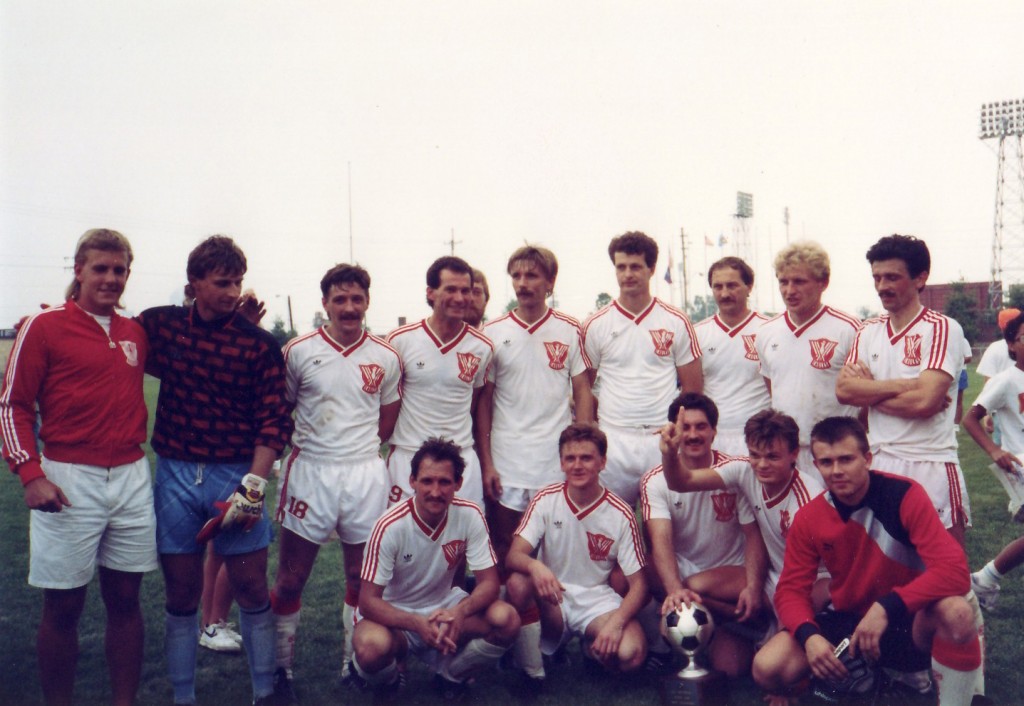Welcome to our continuing series of Meet the USASA features where we annually profile the clubs representing the United States Adult Soccer Association in the Lamar Hunt US Open Cup. Advancing from the four regional tournaments, these often unknown clubs have great stories to tell and each year, our goal is to allow fans to get to know them as they attempt to become this year’s Cinderella story.
Illinois
2013 US Open Cup qualifying: RWB Adria from Illinois becomes first regional entry
Qualifying for the 2013 Lamar Hunt US Open Cup has technically begun, as the registration deadline for the Illinois state tournament has passed.
2012 US Open Cup qualifying: RWB Adria first to qualify for USASA regionals, defeat AAC Eagles in Illinois final
Sixteen days after the Seattle Sounders were crowned Lamar Hunt US Open Cup champions for a third consecutive year, qualifying for the 2012 tournament kicked off in earnest with the Illinois State Final. In a meeting of two well-known clubs, RWB Adria became the first team to advance to a USASA regional tournament, posting a 2-0 victory over rival AAC Eagles Thursday in front of a reported crowd of 400-plus.
2011 Meet the USASA: 1990 US Open Cup champions, AAC Eagles from Chicago
The predominantly Polish side from Chicago has much to say about the US Open Cup.
2011 US Open Cup qualifying: AAC Eagles back in Open Cup after Kolasinski hat trick
On a cold, rainy, Saturday afternoon, AAC Eagles came away with a satisfying 4-1 victory over RWB Adria at the Toyota Park practice field in Bridgeview, Illinois. The match was the final USASA Region II play-in match for the Lamar Hunt US Open Cup, the region’s second berth. Piotr Kolasinski was the man of the match with a hat-trick on the day.
2010 Qualifying: AAC Eagles end RWB Adria’s reign over Illinois
Perennial rivals AAC Eagles and RWB Adria squared off in the 2010 Illinois Open Cup Final to determine who would take the next step toward qualifying for next year’s Lamar Hunt US Open Cup. It was a battle of the Eagles, a Polish club from the Metropolitan Soccer League against RWB, a Croatian club from the National Soccer League, with a spot in the USASA Region II Finals hanging in the balance.



